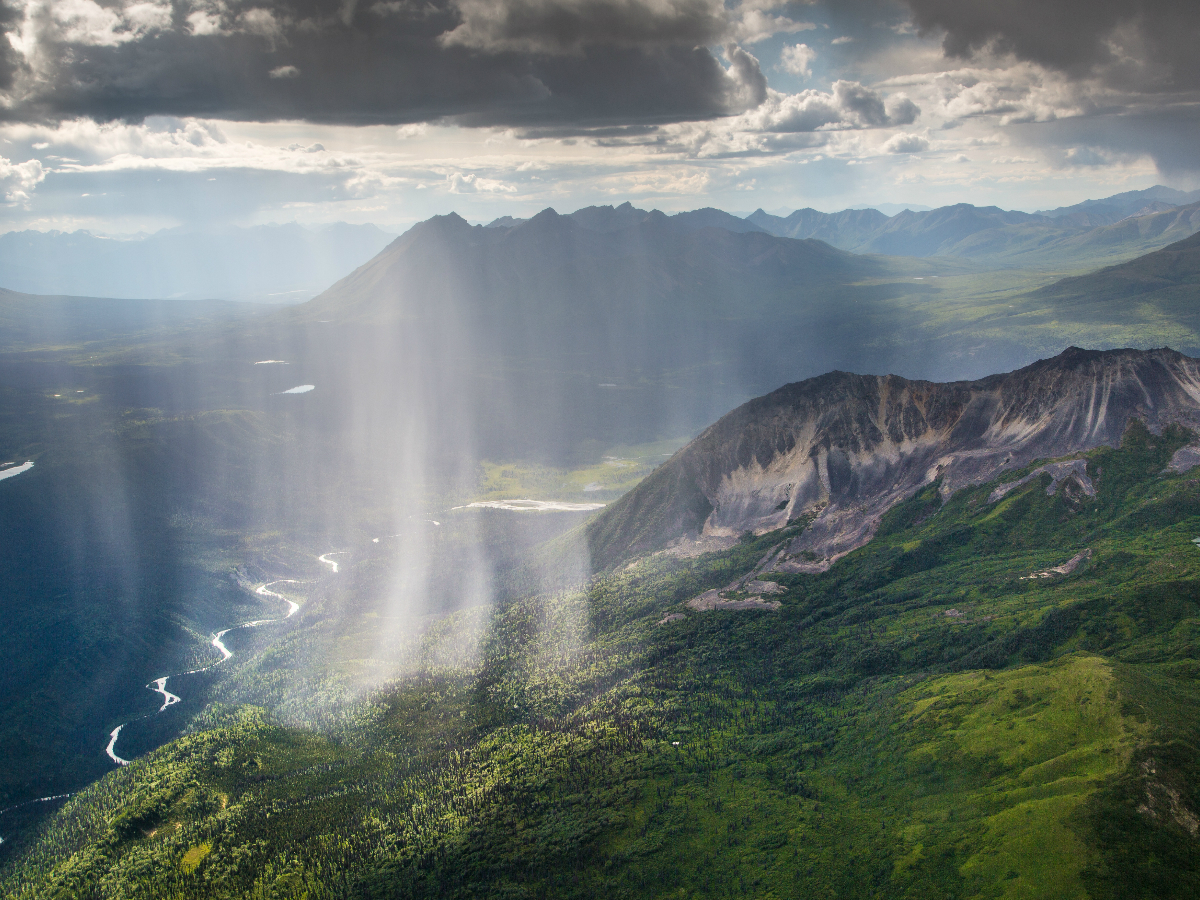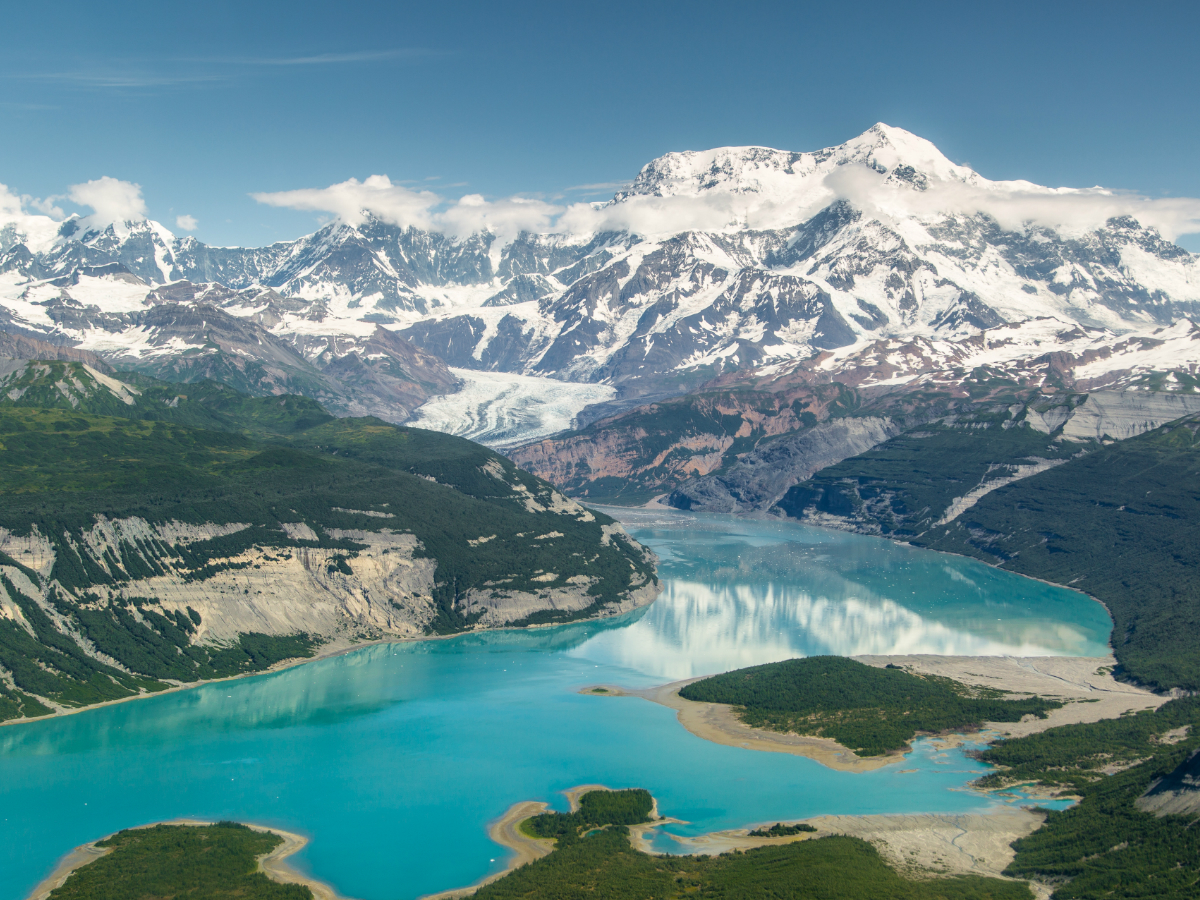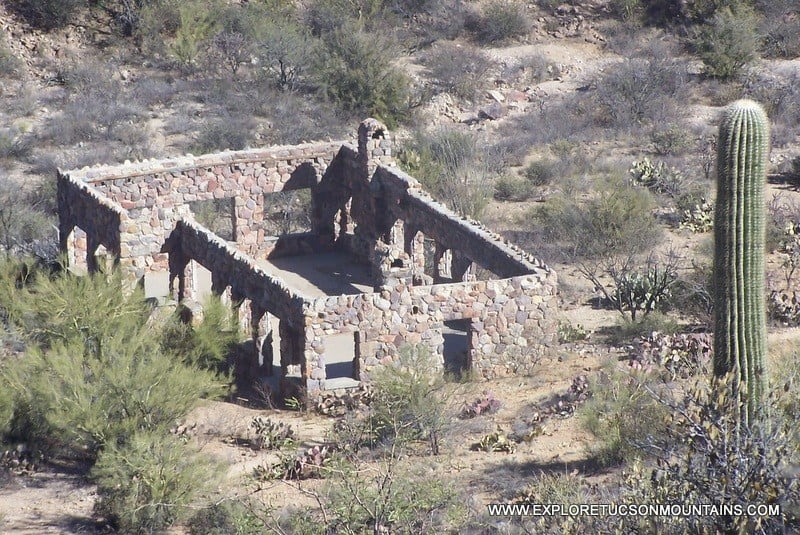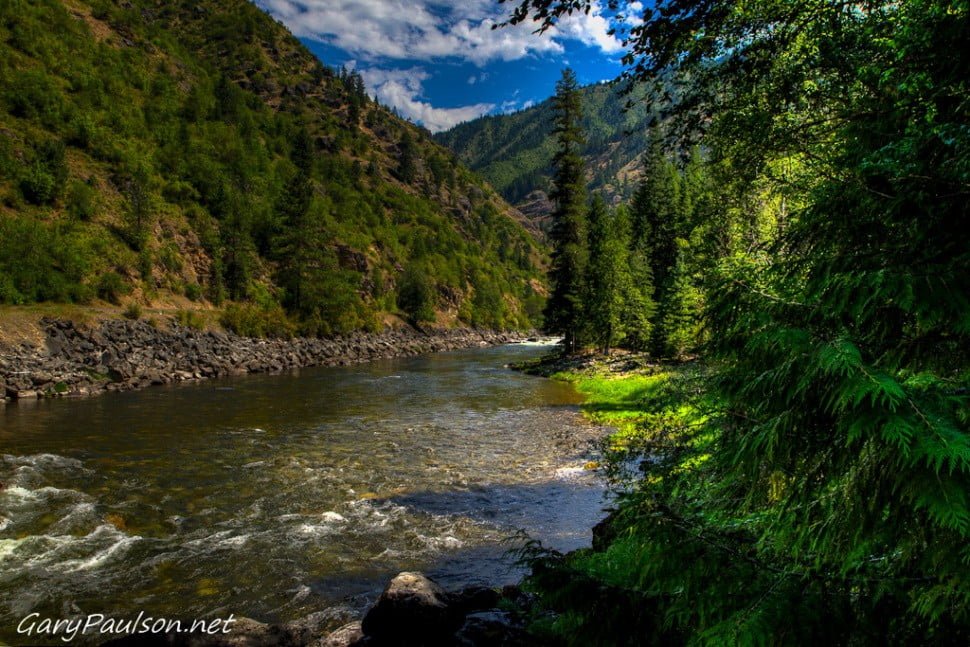Alaska’s southeast corner, Wrangell – St. Elias National Park & Preserve offers visitors a truly wild experience. With its incredible natural landscape, diverse wildlife and rich human history, Wrangell – St. Elias really does have something for everyone.
Have you ever dreamed of an unspoiled wilderness with towering mountains and curving river valleys? A place where humans have lived for thousands of years? Where wildlife thrives amid rock, ice and tundra? Stretching across
It’s the largest National Park in the United States. With 13.2 million acres to explore, Wrangell – St. Elias is roughly six times larger than Yellowstone National Park, and over 17 times larger than Yosemite National Park. Across this expansive landscape, visitors can find a wide variety of natural features including mountain peaks, glaciers, volcanoes, rivers and boreal forests. Roughly 70% of the park is designated and managed as wilderness, giving visitors ample opportunity to find solitude.

Rain and sunlight fall upon the beautiful Wrangell Mountains. Photo by Neal Herbert, National Park Service.
Wrangell – St. Elias is big and tall. Four major mountain ranges converge in Wrangell – St. Elias: the Wrangell, St. Elias, Chugach and the eastern part of the Alaskan Range. The difference in elevation between Wrangell – St. Elias’ lowest point on the shores of the Gulf of Alaska to its highest point at the peak of Mt. St. Elias is enormous — over 18,000 feet!
Many of the United States’ highest peaks can be found in the park, including Mt. Bona, Mt. Sanford, Mt. Blackburn, and Mt. St. Elias — the second highest peak in the country. With several summits over 16,000 feet, mountaineering in Wrangell – St. Elias is unlike any climbing experience in the Lower 48. Climbers who are up for the challenge have the option to join guided trips or to go out on their own.

A snow-covered Mt. St. Elias towers over the Icy Bay. Photo by Neal Herbert, National Park Service.
Sometimes it gets a little hot at Wrangell – St. Elias. Though the air temperature in Wrangell – St. Elias seldom breaks 70°F, this park is still hot in terms of geothermal activity. Spanning over 2,000 square miles, the Wrangell Volcanic Field includes one of the world’s largest active volcanoes by volume. Though Mt. Wrangell has not erupted since 1900 — and shows no signs of erupting soon — visitors can see steam rising from its vents on winter days and cool summer mornings.
While the lava from igneous volcanoes like Mt. Wrangell can reach temperatures of over 2,000°F, the temperatures of Wrangell – St. Elias’ mud volcanoes — called Upper Klawasi, Lower Klawasi, and Shrub — range from just 70°F to 100°F. These three volcanoes, collectively called the Klawasi Group, are rare in North America and differ from other mud volcanoes in that they mostly discharge carbon dioxide, rather than methane.

Steam escapes Mt. Wrangell as it overlooks the snow-covered forest. Photo by Bryan Petrtyl, National Park Service.
The largest glaciers in North America are found in Wrangell – St. Elias. Within Wrangell – St. Elias National Park is the largest glacial system in the United States, covering nearly 35% of the park’s land. One notable glacier in Wrangell – St. Elias is Hubbard Glacier. At 76 miles long, seven miles wide, and 600 feet tall, Hubbard Glacier is North America’s largest tidewater glacier.
What’s really special about Hubbard Glacier is that currently, while the vast majority of glaciers across North America are shrinking, Hubbard is actually growing. Increased global temperatures have caused there to be more snowfall over Hubbard Glacier, which over time compacts to become part of the glacier itself.

Mountains and glaciers coexist at Wrangell – St. Elias. Photo by Neal Herbert, National Park Service.
Bison and beavers and bears, oh my! Wrangell – St. Elias’s natural environment supports a diverse array of wildlife, including 54 species of mammals and 239 species of birds. Observant visitors can find moose near bogs or lakes, grizzly bears near streams, Dall sheep high in the mountains and dozens of other species in between. The park’s coastal areas are home to several marine mammals including harbor seals, sea otters and a threatened population of the Steller sea lion.
In the summer, Wrangell – St. Elias’s abundant food sources make it a popular destination for migratory birds such as trumpeter swans, warblers and thrushes. In the winter, only the toughest 34 species of birds remain, making their presence known with their songs and brilliant colors. When viewing all these amazing animals, please remember — they are wild, so respect their habitat and keep your distance!

Seals take in the sunshine on their own private “island.” Photo by M. Reid, National Park Service.
Wrangell – St. Elias shares something in common with the Great Wall of China, the Statue of Liberty, and the Sydney Opera House. In 1979, the United Nations designated Wrangell – St. Elias National Park as a UNESCO World Heritage Site for its outstanding universal value. One of only 23 World Heritage Sites in the United States, Wrangell – St. Elias is designated as such for the geological and ecological value it brings to the world. UNESCO’s designation is not limited to Wrangell – St. Elias, however — the full area covered by this designation includes Glacier Bay National Park and two of Canada’s parks, Kluane National Park and Tatshenshini-Alsek Provincial Park.

The enormous Wrangell Mountains stand tall over the Nazina River. Photo by Neal Herbert, National Park Service.
There are many ways to see the park. Though the park spans over 20,000 square miles, its two gravel roads, Nabesna Rd and McCarthy Rd, combine to reach just over 100 miles. This means that the vast majority of Wrangell – St. Elias National Park is best explored by other modes of transportation. For visitors on foot, the park has spectacular hiking trails, some of which follow routes that were first used by Alaska Natives centuries ago. In the winter, visitors can traverse these trails on snowshoes or cross country skis. For visitors who like their horsepower, snowmobiles and certain off-road vehicles are permitted in the park.
Not all of Wrangell – St. Elias is best explored by land, however. Airplanes are also a great way to get around the park, and not just because they can cover long distances quickly — guided flights are a wonderful way to experience breathtaking aerial views of Wrangell – St. Elias’ diverse landscapes. Additionally, Wrangell – St. Elias’s rivers and coastline allow for some of the park to be accessed by boat or raft.

Airplanes provide an easy means of navigating the expansive wilderness of Wrangell – St. Elias. Photo by Jacob W. Frank, National Park Service.
Once you get to the park, there are plenty of places to stay. While there are many options for lodging within Wrangell – St. Elias — including campsites, hotels, motels, RV sites, and bed and breakfasts — perhaps its most remote permanent lodging options are its 14 backcountry cabins that are available for public use. Many of these cabins were built by hunters, trappers or miners long ago, but have since come under the National Park Service’s administration.
All but one of these cabins are available free of charge, and just four require reservations — the other ten are available on a first-come, first-served basis, and many require a bush flight to get there. Just remember, in the wilderness, one must be resourceful and adaptable — visitors planning to stay in one of these cabins should bring camping gear with them, just in case the cabin they plan on staying in is already occupied.

Backcountry cabins in Wrangell – St. Elias are quite primitive, but still provide a particular wilderness charm. Photo by Neal Herbert, National Park Service.
Wrangell – St. Elias’ lakes, streams and rivers are popular destinations for sport fishing. 88 species of fish swim in the park’s waters, including all five species of Pacific salmon that are native to Alaska. Though salmon are abundant in Wrangell – St. Elias, there are few opportunities to catch them within the park — the main river through which they migrate often contains a lot of silt, making it difficult to fish.
The best places in the area to catch salmon are just west of the park’s border in the Klutina and Gulkana Rivers, where the water is clearer. Wrangell – St. Elias’ lakes and streams still provide opportunities to catch other species, like northern pike, whitefish and several species of trout. For information on places to fish around Wrangell – St. Elias, browse this guidebook or stop by a visitor center.

The Gulkana River on the western border of Wrangell – St. Elias is one of the most popular sportfishing rivers in Alaska. Photo by Bureau of Land Management.
Resources found in the park were important to the Allies’ victory in WWI. In the midst of Wrangell – St. Elias’ beautiful natural landscape is the historic mining town of Kennecott, a community built around copper mining in the 20th century. Though the first train full of copper left the Kennecott mill in 1911, the history of copper in Wrangell – St. Elias goes back much further, as Alaska Native groups such as the Ahtna traded and fashioned tools from copper long before European settlers arrived in Kennecott.
During WWI, much of the copper mined and processed in Kennecott was used for ammunition and artillery. Today, many of the lands and buildings in Kennecott are managed by the National Park Service, where visitors can engage with interpretive programs and tour the inside of the Kennecott Mill.
Reaching Kennecott can be difficult, as no vehicles are permitted past the Kennicott River footbridge (that’s no typo — the river and the town are spelled differently!), which is nearly five miles away from the mill site. Fortunately, there is a scenic trail following the historic Wagon Road from McCarthy to Kennecott, and the destination is well worth the hike!

The Kennecott Mill Town offers visitors a look into the history of copper mining in Alaska. Photo by Matthew Yarbrough, National Park Service.
Though the sheer size and number of activities available to visitors of Wrangell – St. Elias may be overwhelming, don’t worry! Because Wrangell – St. Elias is so large and has so much to see and do, visitors can always return for new and exciting adventures.

